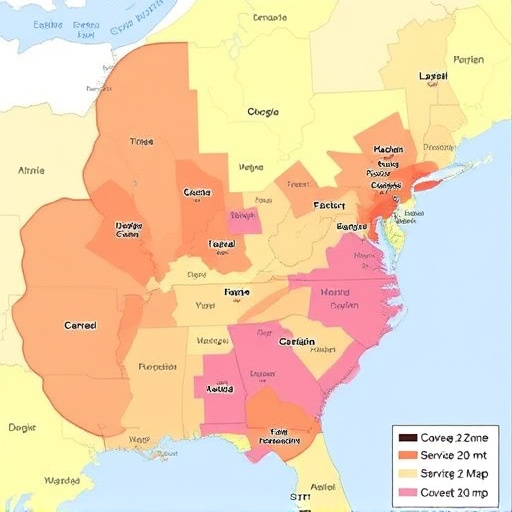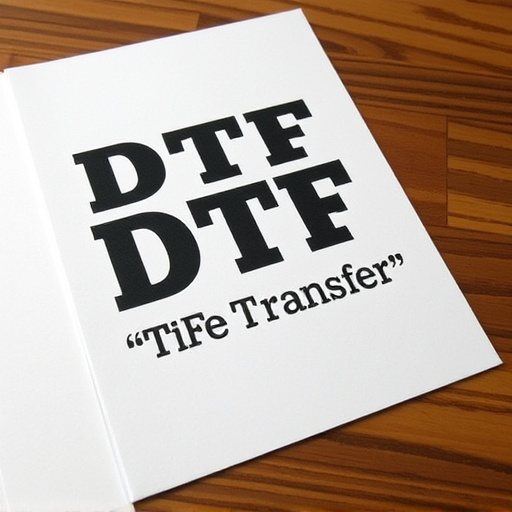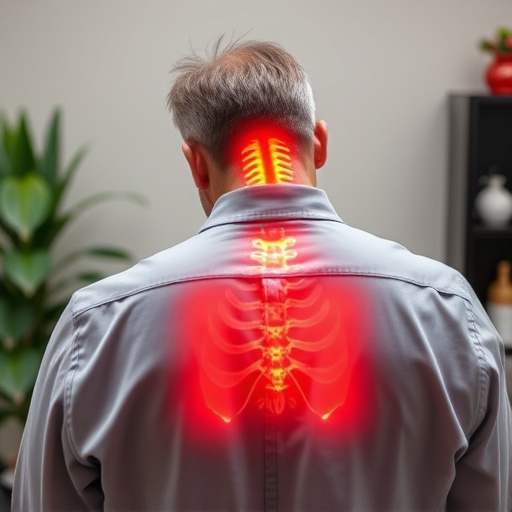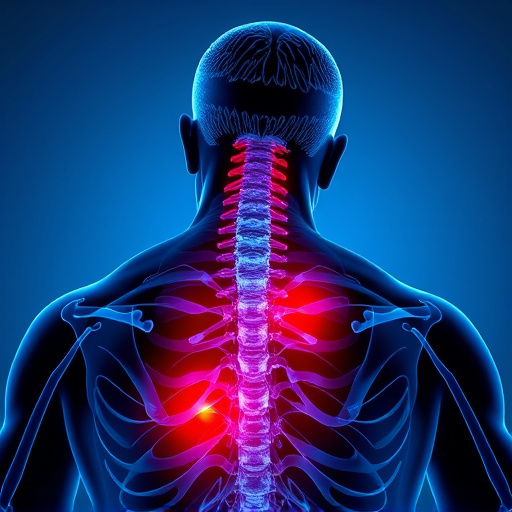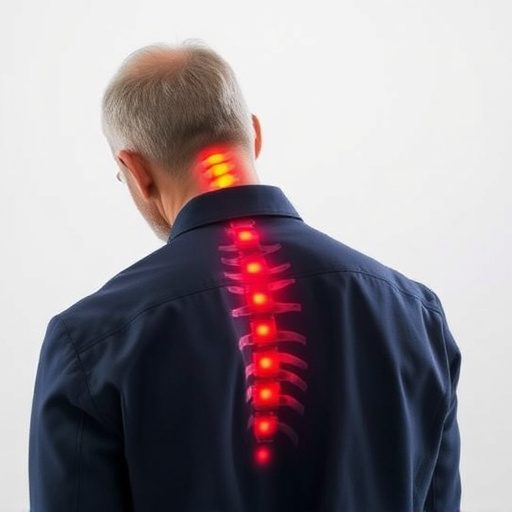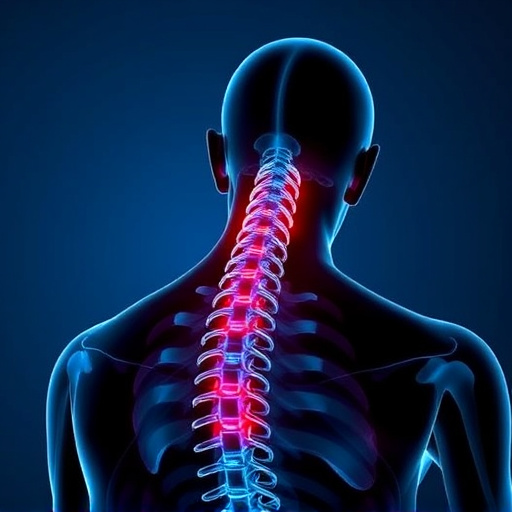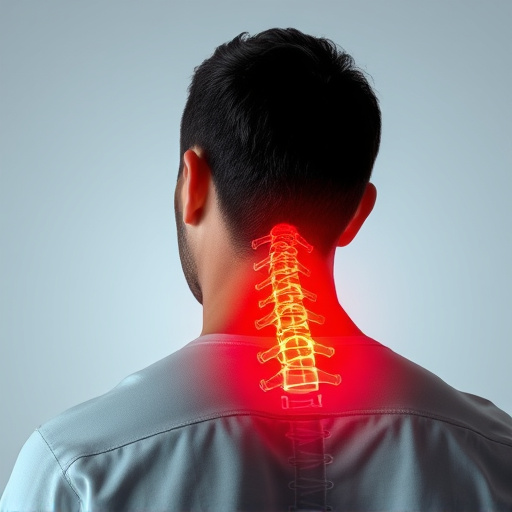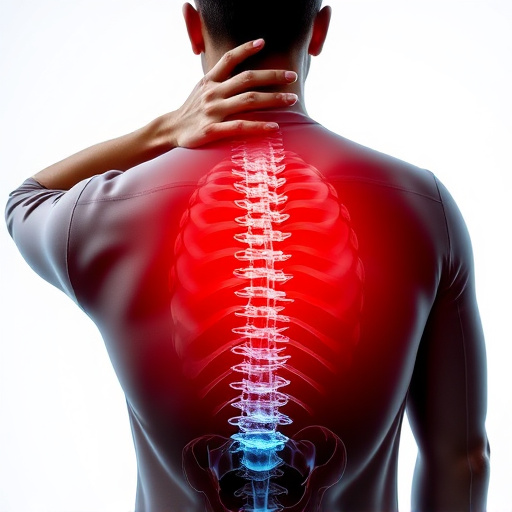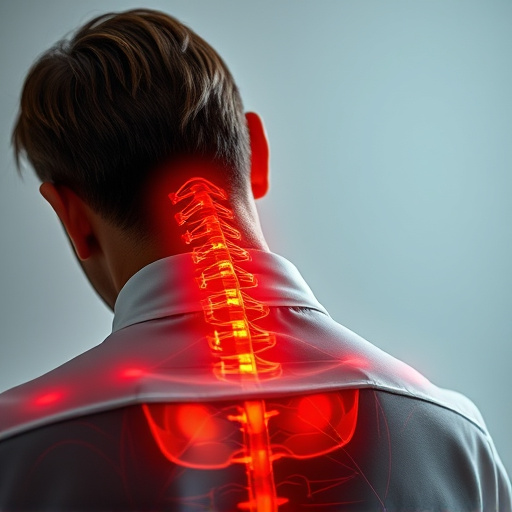Vehicle collisions commonly cause neck and back pain, with whiplash a frequent issue. Prompt medical attention is crucial for optimal recovery, focusing on specialized care like chiropractic adjustments and physical therapy. These treatments reduce inflammation, improve spinal alignment, and ease muscle tension, providing effective neck and back pain relief. Advanced therapies such as massage, acupuncture, shockwave therapy, and PRP injections further enhance healing. Physical therapy restores mobility and educates patients on injury prevention. Regular check-ups, exercise, and good driving habits are key to managing and avoiding future injuries, particularly for long-term neck and back pain relief.
After a vehicle collision, specialized care is crucial for managing and alleviating neck and back pain relief. This comprehensive guide explores the various aspects of post-collision injuries, focusing on effective treatment strategies. From understanding common types of injuries to the role of advanced therapies and physical therapy, this article provides insights into navigating recovery. Learn how targeted interventions can accelerate healing, prevent long-term chronic pain, and offer a roadmap for future accident prevention.
- Understanding Vehicle Collision Injuries: Common Types and Effects
- The Importance of Specialized Care for Neck Pain Relief After a Car Accident
- Back Pain Assessment and Treatment Strategies Following a Collision
- Advanced Therapies for Accelerating Recovery and Reducing Discomfort
- Role of Physical Therapy in Restoring Mobility and Alleviating Chronic Pain
- Preventive Measures and Long-Term Management for Future Accidents
Understanding Vehicle Collision Injuries: Common Types and Effects
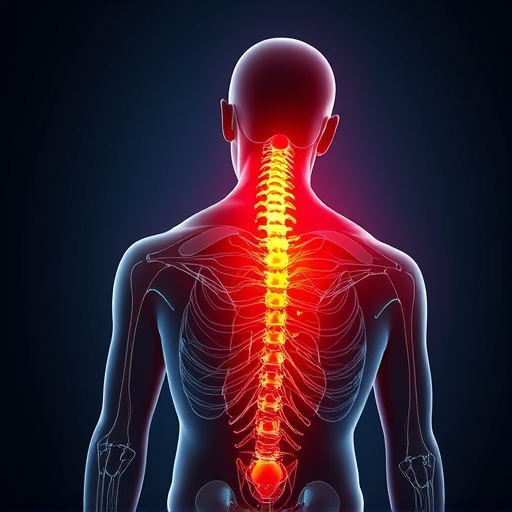
Vehicle collisions can result in a wide range of injuries, many of which are specific to automotive accidents. Understanding these common types is crucial for recognizing and addressing symptoms effectively. One of the most prevalent issues arising from such incidents is neck and back pain, often caused by whiplash or direct impact. Whiplash, characterized by rapid forward and backward jerking of the head, can lead to strained muscles, tendons, and ligaments in the neck and upper back, resulting in severe neck and back pain relief becoming a primary concern for victims.
Other common vehicle collision injuries include soft tissue damage, fractures, brain injuries, and internal bleeding. Soft tissue injuries, such as sprains and strains, are frequent companions to neck and back pain. Fractures, particularly in the spine or skull, require immediate attention to prevent further complications. Additionally, head trauma can manifest as concussions or more severe cognitive impairments. Early intervention and specialized care are essential for managing these conditions, focusing on neck and back pain relief, and promoting overall recovery.
The Importance of Specialized Care for Neck Pain Relief After a Car Accident
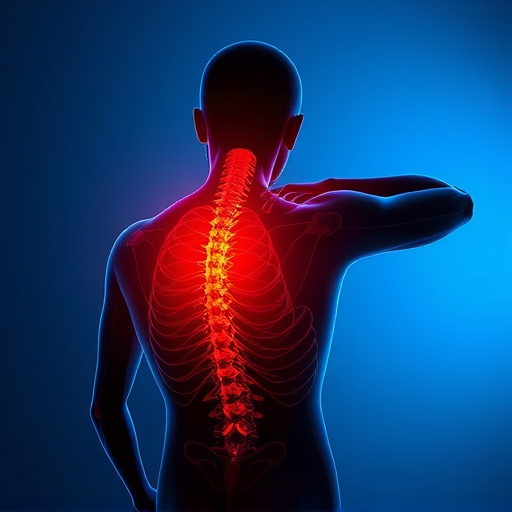
After a vehicle collision, managing neck pain is paramount for patients’ recovery and well-being. The impact of a car accident can lead to various injuries, with neck discomfort being a common complaint. Specialized care is essential in addressing this specific concern effectively, ensuring optimal healing and reduced pain. Chiropractors, physical therapists, and specialized medical professionals play a crucial role in providing tailored treatments for post-accident neck pain relief.
Specialized care offers targeted interventions such as manual adjustments, therapeutic exercises, and personalized rehabilitation programs. These methods aim to reduce inflammation, improve spinal alignment, and enhance mobility, ultimately alleviating the intense neck and back pain often associated with car accidents. With dedicated treatment plans, individuals can find much-needed relief, speed up their recovery process, and regain control over their daily lives post-injury.
Back Pain Assessment and Treatment Strategies Following a Collision

After a vehicle collision, assessing and managing neck and back pain is crucial for comprehensive patient care. Chiropractors and physiotherapists often play a key role in specialized treatment plans. The initial assessment involves careful examination of the patient’s range of motion, muscle spasms, and sensitivity to identify the extent of injury. Advanced imaging like X-rays or MRI scans may be ordered for further diagnosis.
Treatment strategies can include manual therapy techniques such as spinal adjustments and soft tissue release to alleviate neck and back pain. Exercise programs tailored to strengthen core muscles and improve flexibility are also beneficial. Additionally, modalities like heat/ice therapy, electrical stimulation, and ultrasound can provide targeted neck and back pain relief. These interventions aim to reduce inflammation, ease muscle tension, and facilitate the body’s natural healing process.
Advanced Therapies for Accelerating Recovery and Reducing Discomfort
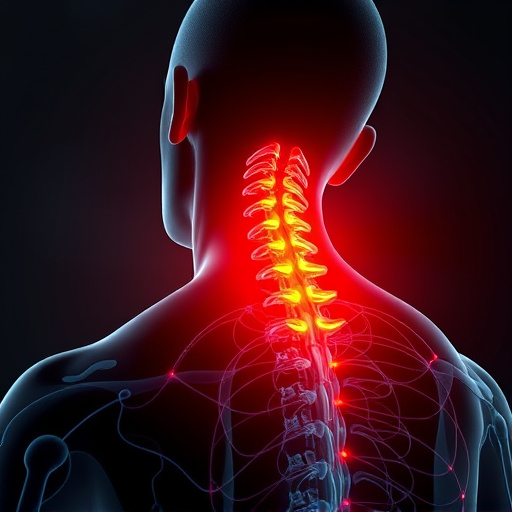
In the aftermath of a vehicle collision, specialized care often involves advanced therapies designed to accelerate recovery and alleviate persistent discomfort, particularly focusing on neck and back pain relief. These innovative treatments extend beyond traditional physical therapy and medication, employing techniques like chiropractic manipulation, massage therapy, and advanced forms of acupuncture to target specific injury sites. By promoting natural healing processes and reducing inflammation, these therapies significantly contribute to patients’ comfort and mobility during the recovery period.
Additionally, modern technology such as shockwave therapy and platelet-rich plasma (PRP) injections are being utilized to stimulate tissue repair and regenerate damaged areas, offering promising results for managing neck and back pain relief. These cutting-edge approaches not only expedite healing but also empower individuals to regain their mobility and return to daily activities sooner, ensuring a more comfortable transition back into their normal routines.
Role of Physical Therapy in Restoring Mobility and Alleviating Chronic Pain
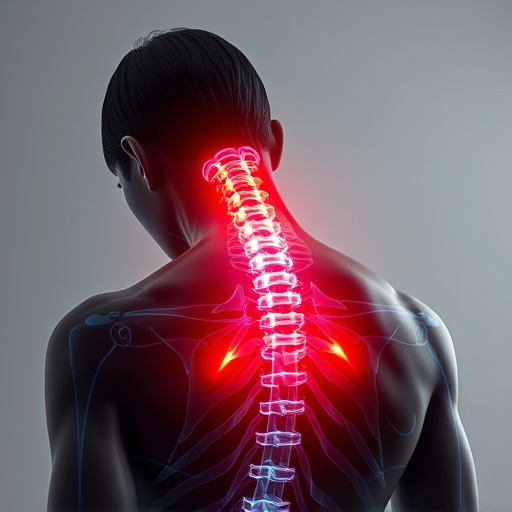
Physical therapy plays a pivotal role in the recovery process for individuals post-vehicle collisions, focusing on restoring mobility and alleviating chronic neck and back pain. Skilled therapists employ tailored exercise programs to strengthen muscles, improve posture, and enhance flexibility, enabling patients to regain their range of motion. These exercises are designed to target specific areas affected by trauma, such as sprains, strains, and soft tissue injuries common in car accidents.
Additionally, physical therapy offers techniques to manage and reduce persistent neck and back pain. Therapists may utilize manual therapy, including joint mobilization and soft tissue manipulation, to relieve spasms and improve circulation. They also educate patients on ergonomic principles and provide guidance on activities of daily living to prevent further strain. Through a combination of hands-on care and patient education, physical therapy helps individuals not only recover from acute injuries but also manage long-term pain, promoting a return to their pre-accident level of function.
Preventive Measures and Long-Term Management for Future Accidents
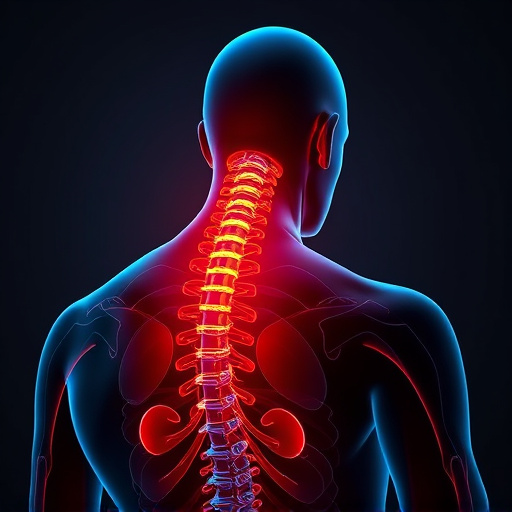
Preventive measures play a crucial role in managing and avoiding future vehicle collision injuries, especially concerning neck and back pain relief. Individuals who have experienced such accidents should prioritize regular check-ups with healthcare professionals to monitor their recovery and identify potential long-term issues. Physical therapy is an essential component of this process; it helps strengthen muscles, improve flexibility, and restore range of motion, thereby reducing the risk of future injuries.
Additionally, adopting a proactive approach includes maintaining good posture while driving, using appropriate lumbar support, and ensuring regular maintenance of vehicles to enhance overall safety. Engaging in activities that promote physical well-being, such as exercise and proper nutrition, can also contribute to better bone health, muscle strength, and resilience, making individuals less susceptible to severe injuries during future accidents.



